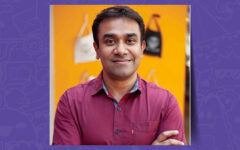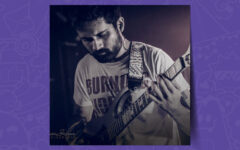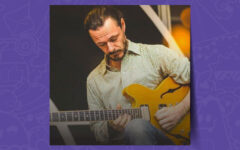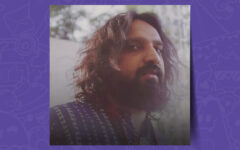Harmonizing Tradition and Innovation: The Contemporary Application of Hindustani Music in the Modern Industry
2024-07-23 9:40Harmonizing Tradition and Innovation: The Contemporary Application of Hindustani Music in the Modern Industry
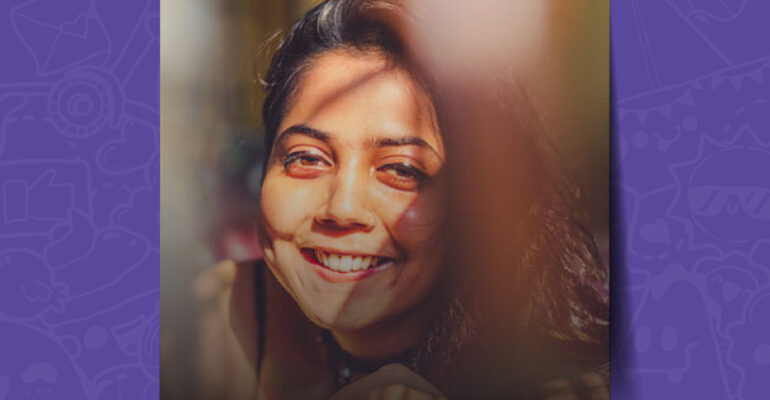
Harmonizing Tradition and Innovation: The Contemporary Application of Hindustani Music in the Modern Industry
Introduction
Hindustani music, one of the oldest and most revered musical traditions in the world, has found new life and relevance in the contemporary music industry. With its roots tracing back over a thousand years, this classical music form originating in the Indian subcontinent has evolved and adapted to meet the demands of the modern era. Today, Hindustani music is not only an integral part of the cultural fabric of India but has also gained global recognition and influence. This article aims to explore the contemporary applications of Hindustani music in the modern music industry, highlighting its fusion with various genres, its role in cinema, and its growing presence on the international stage.
Hindustani Music: A Brief Overview
Hindustani music, characterized by its intricate melodies, rhythmic patterns, and emotive expressions, has two main forms: Dhrupad and Khayal. Dhrupad is the older form and is known for its religious and devotional themes, while Khayal, a more flexible and popular style, has become the dominant form in the contemporary context. Raags, being the core of Hindustani music, are expressed and articulated with rhythmically and melodically weaved compositions. Along with Khayal, these include Taraana, Sargamgeet, Chaturang, Trivat etc. around which the essence of a Raag is expressed with creative improvisations. In instrumental music these compositions are presented mostly as a Gat.
Contemporary Applications in Fusion Music
One of the most exciting developments in Hindustani music is its fusion with various other genres, creating a unique and innovative sound that appeals to a diverse audience. Musicians and composers are blending Hindustani classical elements with jazz, rock, electronic, and world music, resulting in a fusion that transcends cultural boundaries.
For instance, the collaboration between renowned Hindustani vocalist Shujaat Khan and American guitarist Derek Trucks produced a mesmerizing fusion of Indian classical and blues, showcasing the adaptability and universal appeal of Hindustani music. Similarly, bands like Indian Ocean and Susheela Raman have combined traditional Hindustani compositions with contemporary rock and alternative music, captivating audiences around the world.
The fusion of Hindustani music with electronic beats has also gained traction, with artists like Karsh Kale and Midival Punditz pioneering the “Asian Underground” movement. Their use of electronic instruments and beats, along with classical Indian vocals and instruments, creates a captivating and dance-worthy sound that has gained popularity both in India and internationally.
Hindustani Music in Cinema
Hindustani music has been an integral part of the Indian film industry, Bollywood. It has been used in countless films to enhance emotional impact, set the mood, and convey deep sentiments. Songs like ‘Tere Bina’ and ‘Laal Ishq’ from Hindi movies are a few examples which exemplify the timeless beauty of Hindustani music.
Beyond Bollywood, Hindustani music has made its mark in international cinema as well. Films like “Slumdog Millionaire,” with its soundtrack by A.R. Rahman, showcase how Hindustani music can be used to create a global cinematic experience, blending cultures and emotions.
International Recognition and Collaboration
In recent years, Hindustani music has been increasingly recognized on the global stage, thanks to collaborations between Indian classical musicians and artists from around the world. This recognition has led to a broader appreciation of Hindustani music as a form of world music, transcending its traditional boundaries.
Famous collaborations include Indian tabla virtuoso Zakir Hussain’s work with jazz saxophonist John McLaughlin in the group Shakti, which combines elements of Indian classical music with jazz improvisation. Also, the collaborative work of Pt. Ravishankar and George Harrison from Beatles for Hindustani Classical Music, Jazz and World music deserves a special mention here. These cross-cultural collaborations have not only expanded the horizons of Hindustani music but have also introduced it to new audiences worldwide.
Additionally, initiatives like the Silk Road Ensemble, founded by cellist Yo-Yo Ma, have showcased the versatility of Hindustani music by incorporating it into a global musical tapestry. This ensemble brings together musicians from diverse traditions to create a fusion of sounds that harmonize across cultures.
Preservation and Innovation
While Hindustani music continues to evolve and adapt to contemporary contexts, there is a strong commitment to preserving its rich heritage and traditions. Music schools and institutions across India and the world offer rigorous training in Hindustani classical music, ensuring the continuity of this art form for generations to come.
At the same time, innovative musicians and composers are pushing the boundaries of Hindustani music, experimenting with new sounds, and creating fresh compositions that resonate with modern audiences. This delicate balance between preservation and innovation is what allows Hindustani music to thrive in the modern industry.
Conclusion
Hindustani music’s contemporary applications in the modern music industry demonstrate its enduring relevance and adaptability. From fusion with diverse musical genres to its integral role in cinema and its growing presence on the international stage, Hindustani music continues to captivate and inspire audiences worldwide. As this ancient tradition harmonizes with the demands of the modern era, it remains a testament to the power of music to bridge cultures, evoke emotions, and stand the test of time.
Related Posts
Where Do All the Songs Come From?
Search
Popular Tags
Popular tags

